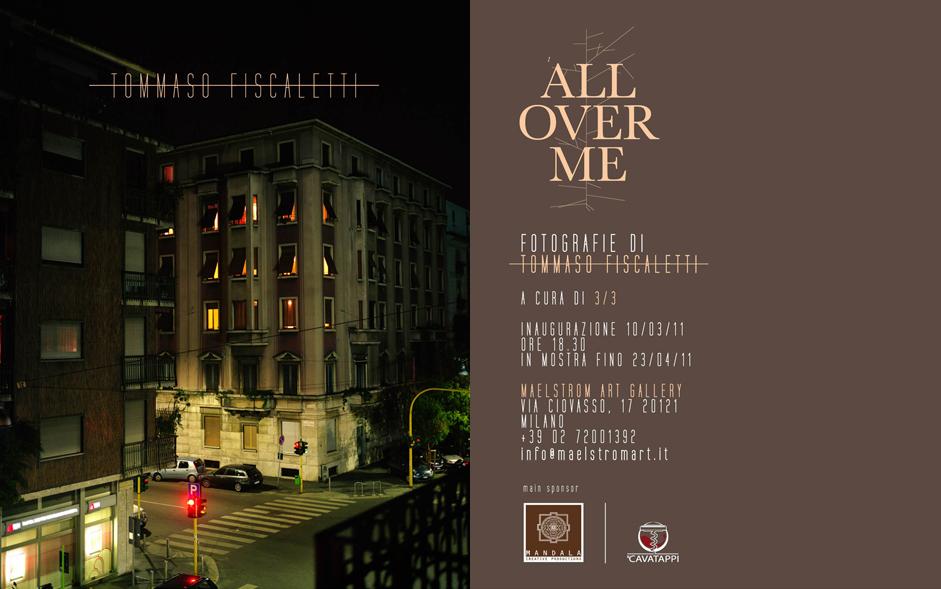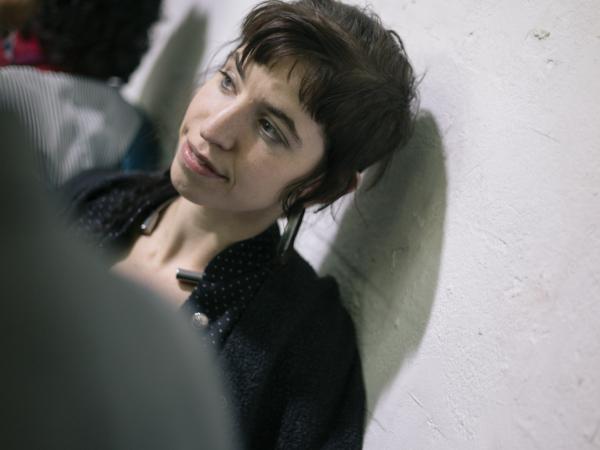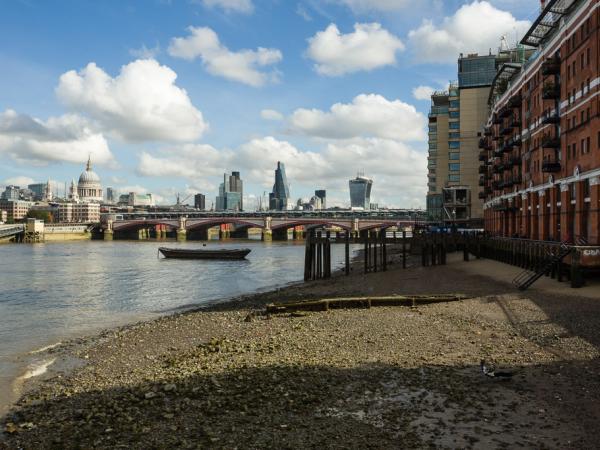Tommaso Fiscaletti approaches his staged photography in a manner similar to a screenwriter. He is trying to create a narrative through his images. These are stories whose job is not to resolve themselves, but to open up new worlds- places in which reality is increasingly distant.
All Over Me embraces three different stories. They each have their own strength individually, but become even stronger when viewed together. The narrative thrust of the stories is initially revealed in sketches and drawings in pen. It both channels, and in a certain sense, recreates reality, and this approach creates a spontaneous confrontation with reality.
There is a common air that moves throughout the photos of Tommaso Fiscaletti. It’s in the landscapes as well as in the more explicitly constructed narratives. The common air does not contaminate the photos, but leaves them open to contamination from the outside. They all possess a familiar clarity in the here and now with their own past, present and future that enters the photos and gives them an unexpectedly familiar tone.
All Over Me is a singular project where the biographical aspect and the constructive approach are allowed to intermingle. Portraits of friends and family are seen alternately from inside and outside the home, and they are placed in relation to the Nature that surrounds them. The viewer is not unlike someone wandering between rides at an abandoned amusement park. We are taken amongst the silent rides, and left fascinated at their abandoned memories.
There is a certain discreet distance that can be recognized in a stolen, sidelong glance. It can create a profound sense of irony. There is a loving approach to the work in All Over Me, but there is also some bitter with the sweet, as in the case of The Missing Part. It is a short series of images which uses an antelope’s head as a key component. It puts in play a dimension of strangeness, and brings us back in touch again with Nature and the value of otherness. The more one tries to subtract Nature and otherness from the equation, the more impossible it becomes.
Tommaso’s strategy is one of subtraction. He may subtract an element, and he subtracts what is “seen” by the subjects in his photos. Their point of view is elusive, and constantly on the verger of vanishing. He prefers not to show the absolute nature of his subject, but may instead show a different aspect of that nature, such as a tree silhouetted against a building, rather than against the sky as in a more conventional context. This work of subtraction is the natural consequence of a restless spirit, and at the same time it reflects his search for answers to the questions that images evoke.
Tommaso often speaks of his desire to “freeze a thought”.
The sense of suspense and anticipation that often pervades his images are base elements to the work. These elements are clues to a solution, and they become fixed points of orientation in the constant fluctuations of existence. It is a chess-board memory that surpasses the simple function of remembrance, and thanks to the evocative nature of photography, it can act as a visual compass which continually guides us to, and opens up new forms of interpretation.







Comments 0
Say something